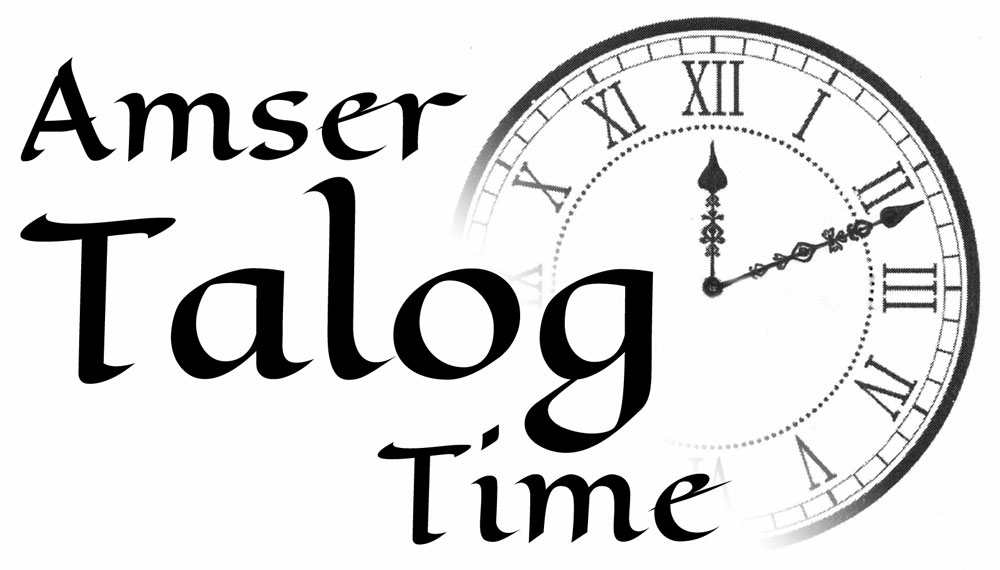Talog Community Hall Postal Survey 2023
At the beginning of October 2023, on behalf of the Talog Hall Committee, Royal Mail delivered 6314 questionnaires to every domestic address in post code sectors SA33 4, SA33 5 and SA33 6. 505 were returned over a three-month period and the Committee would like to thank everyone who took the time to respond. Sadly the Hall is coming to the end of its life as structure and is no longer capable of being refurbished. Therefore, rebuilding, whilst keeping the character of the existing building, is the only viable option.
Talog Hall has served the community for over 105 years. It is currently used most days for at least one community activity. It is also the home of the renowned Dawnswr Talog, and provides a rehearsal facility for Cor Hafodwenog. A few years ago it provided a thriving youth club and in earlier times still, dramas, concerts and live entertainment. In this predominantly Welsh speaking area, the Hall provides an exemplar of how a community can come together, irrespective of language or nation of birth. However, the Welsh Language is at the core of all activities in the Hall, as is the promotion and preservation of the language and the cultural history of the area.
The information received in the survey results is key to a new Hall, as it provides evidence of demand, based on the responses from you, the community, which can be used to support grant applications toward future works. It is essential that funds are raised to ensure that the current activities continue and provide something to build on for the future.
Five questions were asked. The first three sought views on the building of a new hall, the likelihood of a negative effect on the community’s social life, should we lose the hall and whether a new building would help and improve the cultural and social life of the community. Over 98% of the responses strongly agreed or agreed that a new hall should be built as to lose it will have a negative effect on the community and a new building would improve cultural and social life.
The last two questions asked what activities should take place in the Hall and whether families would be likely to attend them. The response to these questions was overwhelming in the number and variety of activities suggested, far too many to list individually. However, we have tried to compile them into categories for the types of specific activities suggested.
The activities suggested by the respondents that should take place, are shown in the table below.
| Toddler and baby group, activities and clubs for children and young people. | 771 |
| Welsh for adults classes, eisteddfodau, noswaithiau lawen, merched a wawr. | 288 |
| Arts based activities, music, dancing, crafts. | 276 |
| Daytime and evening social activities, markets, coffee and cake, food nights, special interest groups, meetings. | 271 |
| Indoor sports and activities, including keep fit, pub games and board games, quizzes, meditation etc. | 221 |
| Activities for the elderly. | 197 |
| Concerts and dramas, singing groups, either performing or practicing, films. | 193 |
| Evening classes, history, archaeololgy, book clubs. | 185 |
| Shop, IT access, advice centre, warm hub, function hire, service access, car charging points, café etc. | 18 |
Activities that respondents said they or their families would attend are shown in the table below,
| Daytime and evening social activities, markets, coffee and cake, food nights, special interest groups, meetings. | 313 |
| Evening classes, history, archaeololgy, book clubs. | 185 |
| Concerts and dramas, singing groups, either performing or practicing, films. | 164 |
| Arts based activities, music, dancing, crafts. | 124 |
| Indoor sports and activities, including keep fit, pub games and board games, quizzes, meditation etc. | 119 |
| Welsh for adults classes, eisteddfodau, noswaithiau lawen, merched a wawr. | 98 |
| Toddler and baby group, activities and clubs for children and young people. | 56 |
| Activities for the elderly. | 36 |
| Shop, IT access, advice centre, warm hub, function hire, service access, car charging points, café etc. | 25 |
We received dozens of comments, suggestions and adviceon the survey return sheets. For all of these we are very grateful and will consider them as we plan the Hall’s reconstruction. There were suggestions that refurbishing the Hall should be an aim in order to preserve it. Unfortunately we have a been advised that the Hall has only limited time left before it becomes irreversibly structurally unsound, however, it is our wish to create a new building incorporating the general feel and character of the existing building whilst ensuring compliance with safety, energy saving and generating needs. We have received offers of help and advice from other Hall committees that have gone through similar reconstruction projects for which we extend our thanks and will contact in due course.
Once again, thanks to all who participated and for taking an interest in our Hall.


